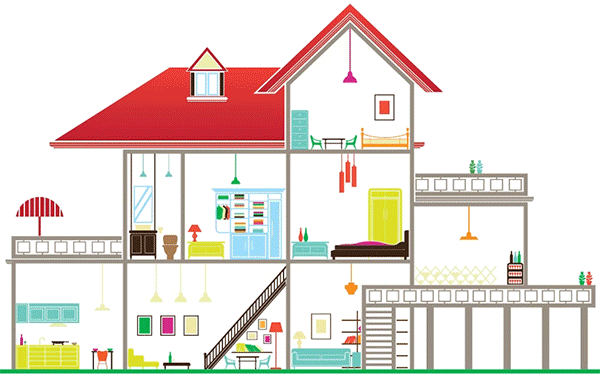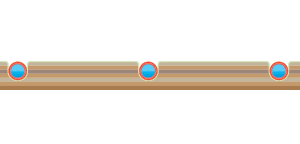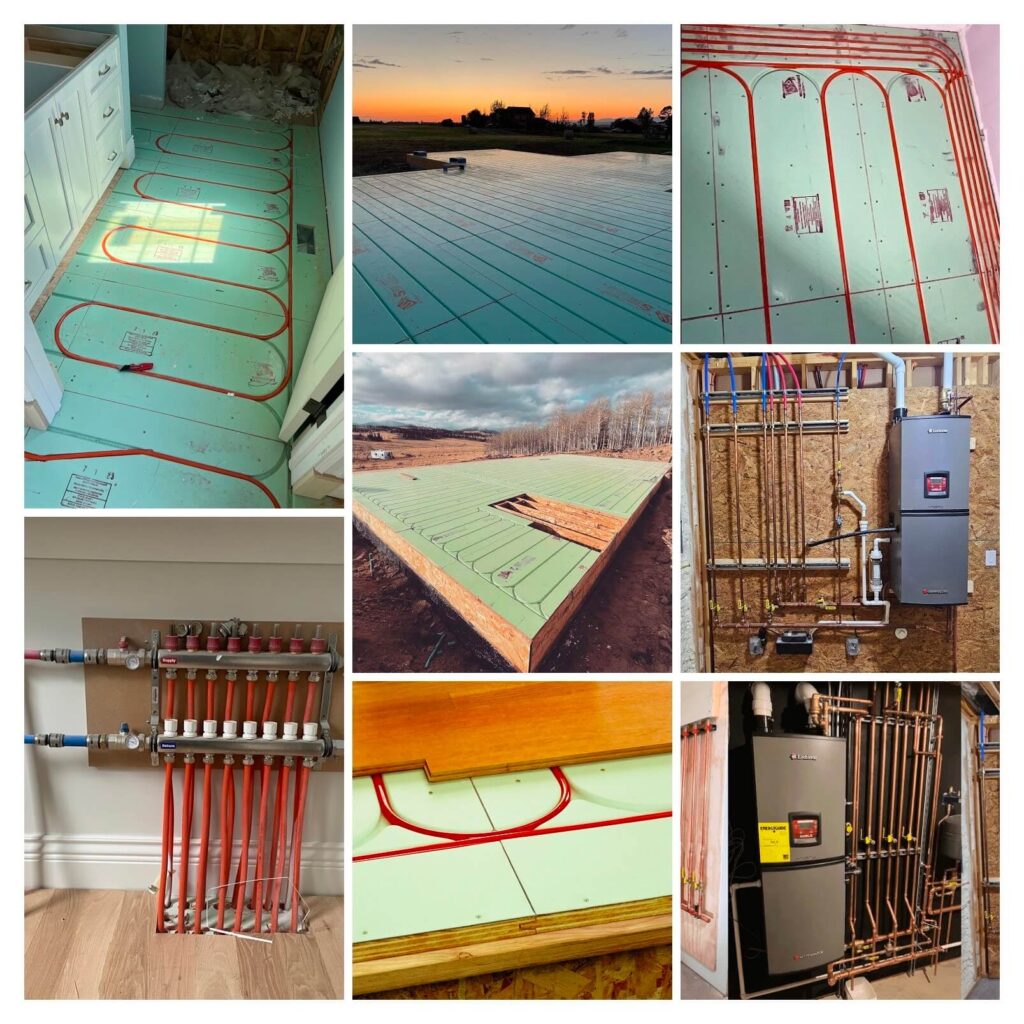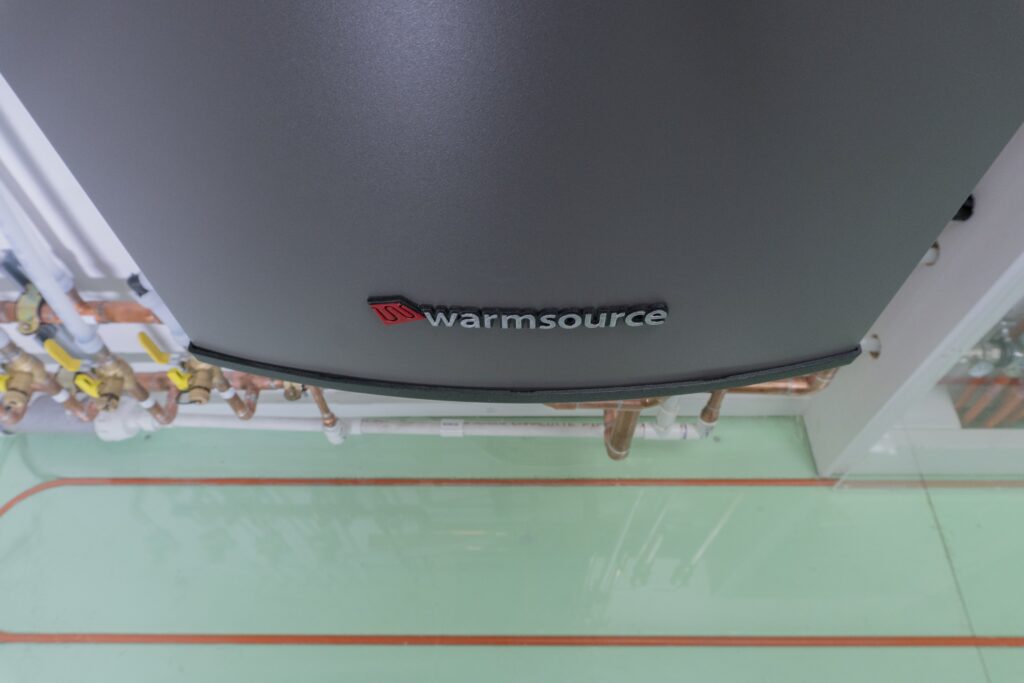An Introduction to Radiant Heat
Think of the sun warming the earth. Radiant heating works similarly. Instead of blasting hot air, it gently warms surfaces like floors, walls, and ceilings. These surfaces then radiate heat outward, creating a consistent, comfortable warmth that feels natural and enveloping. It’s like being wrapped in a blanket of warmth, without the stuffiness or noise of forced air.









